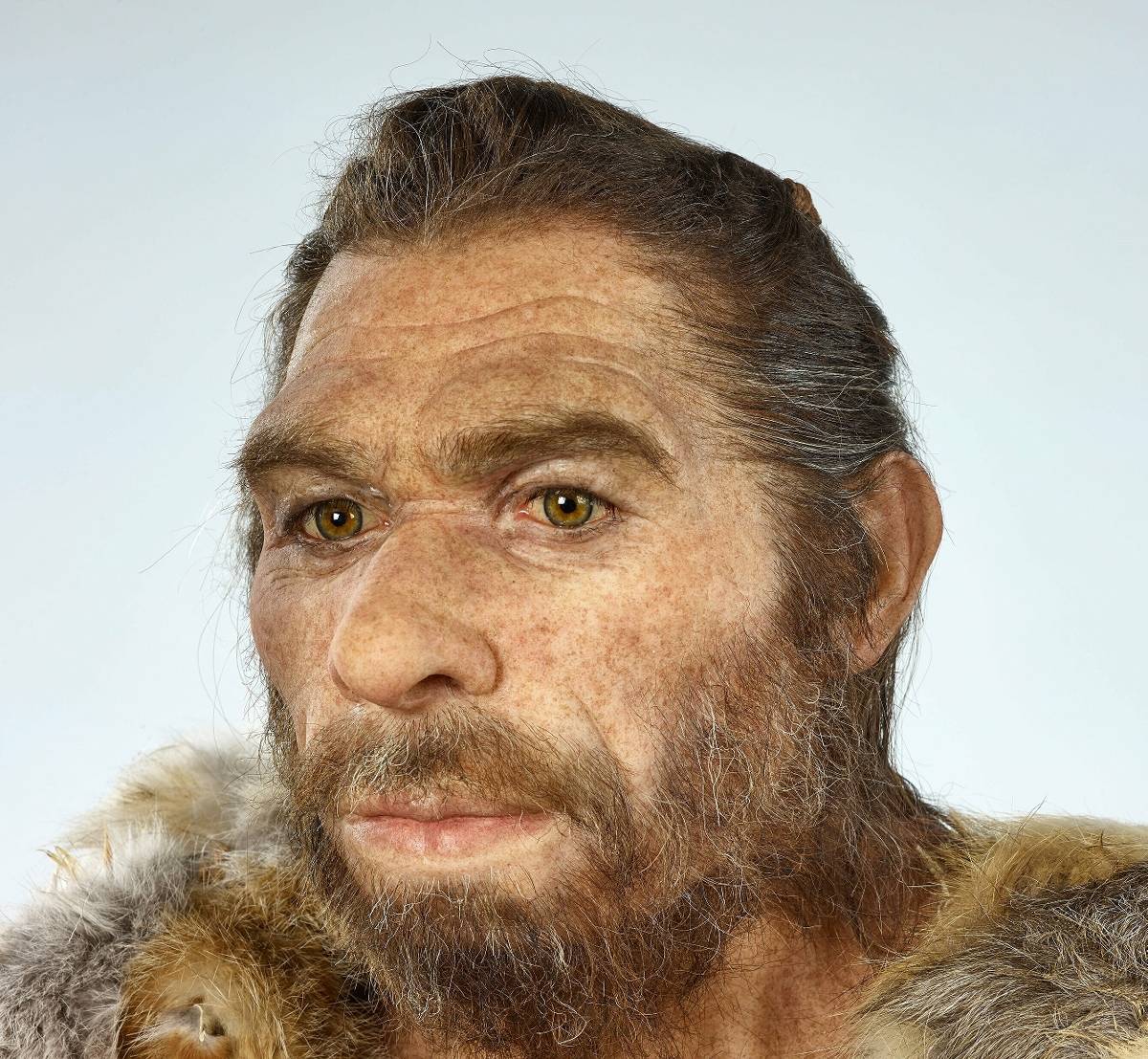LVR State Museum in Bonn Neanderthal remains white
Bonn · The Neanderthal Museum in Mettmann wants to darken its Neanderthal. In Bonn, they think nothing of it: the Neanderthal remains white - with good arguments.
The Neanderthal Museum in Mettmann is following research findings of recent years and will give the replica of the famous Neanderthal in Mettmann a darker complexion just in time for the museum's 25th anniversary, director Bärbel Auffermann recently announced. Does the history of the Neanderthal have to be rewritten? Does the realistic reconstruction of the sympathetic but slightly grizzled Neanderthal by Elizabeth Daynès, presented in Bonn a year ago, need to be recolored? Blackfacing at the LVR State Museum in Bonn? It has housed the bones of a 42,000-year-old Neanderthal since 1877, which has been comprehensively re-examined since 1991 as part of a multidisciplinary research project led by Ralf W. Schmitz. Neanderthals contributed between one and four percent to the gene pool of today's Eurasians.
And what about facial color? Bonn expert Schmitz, assumes that Neanderthals had a healthy facial color, but not a brown or even black complexion. "If 40,000 years ago people of our type came here over several stations in a few thousand years from North Africa via the Middle East and southeastern Europe, they naturally have a dark skin color," Schmitz explains. In the case of Neanderthal man, however, who originated in Central Europe, things look different. The Bonn Neanderthal, the child of a first wave of emigration from Africa, had a 250,000-year evolution behind it, he said. "The people who evolved from the Neanderthals had been in Central Europe for 600,000 years - so I'm very hesitant that these people had a dark skin color," he says, "I rather assume that they adapted to Central European conditions."
A normal Central European
To the artist in charge of the reconstruction, he said, "Please make sure he looks like a Central European who's been outside all the time, who has skin that's been stressed by wind and weather." What was the weather like back then? It was a glacial climate with much lower average temperatures (ten degrees less), the sun shone quite strongly over the vegetation-poor steppe landscape on a summer day, and the nights were bitterly cold. People walked around clothed, most parts of their bodies covered. "I can't explain how a dark-skinned Neanderthal would come about," Schmitz says.
The people who reached Europe from Africa after the Neanderthals, our ancestors that is, certainly arrived here very dark-skinned. When we look at ourselves, we perceive that in just 40,000 years, the dark color has disappeared.
(Original text: Thomas Kliemann; Translation: Mareike Graepel)



